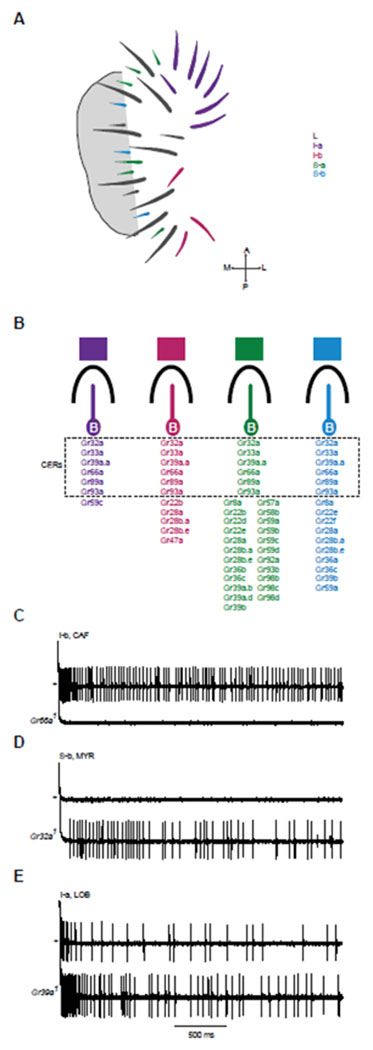Figure 1. Labellar sensilla and sample phenotypes.

(A) Map of taste sensilla on the labellum. (B) The four classes of sensilla that contain a bitter-sensitive neuron, indicated by “B”. These sensilla all contain other neurons that are not shown. The bitter-sensitive neuron of each sensillum class expresses a different subset of Gr-GAL4 drivers, as indicated. Five of these drivers are expressed ubiquitously in all four classes and identify receptors that are called Commonly Expressed Receptors (CERs). Other drivers are expressed in subsets of sensillum types. Although one of these other drivers, Gr93a-GAL4, is expressed in a subset of sensilla, immunohistochemical analysis indicates that the Gr93a receptor is expressed in all bitter neurons; it is therefore classified as a CER and indicated as expressed in each sensillum type [10]. (C) Example of a physiological response that is lost in a CER mutant. CAF elicits a strong response from I-b in control flies, but not in Gr66a flies. (D) A novel response. MYR elicits no response from S-b in control flies, but elicits a response from Gr32a flies. (E) An increased response. LOB elicits a response from control flies, and a stronger response from Gr39a flies. Panels A and B are adapted from [19]. See also Table S1.
